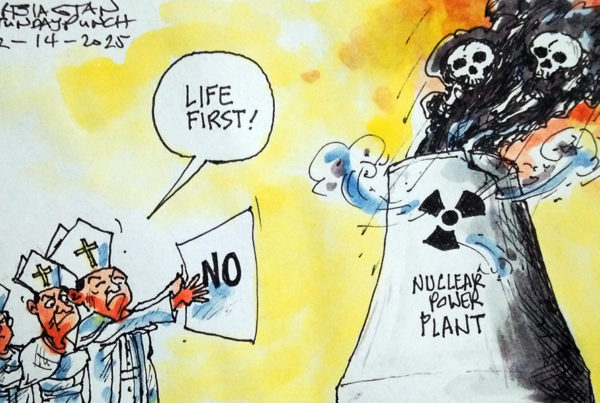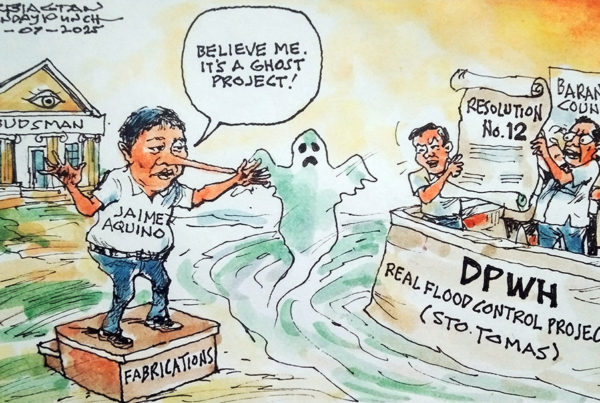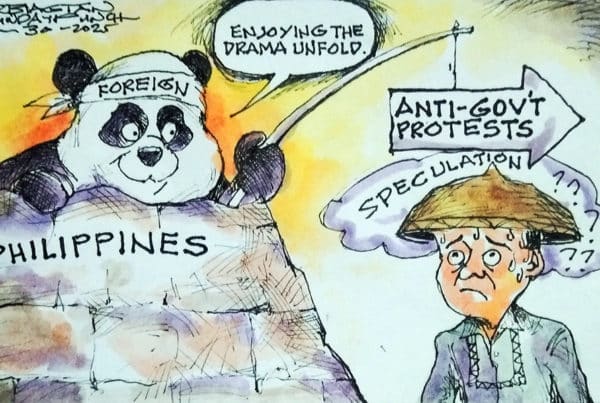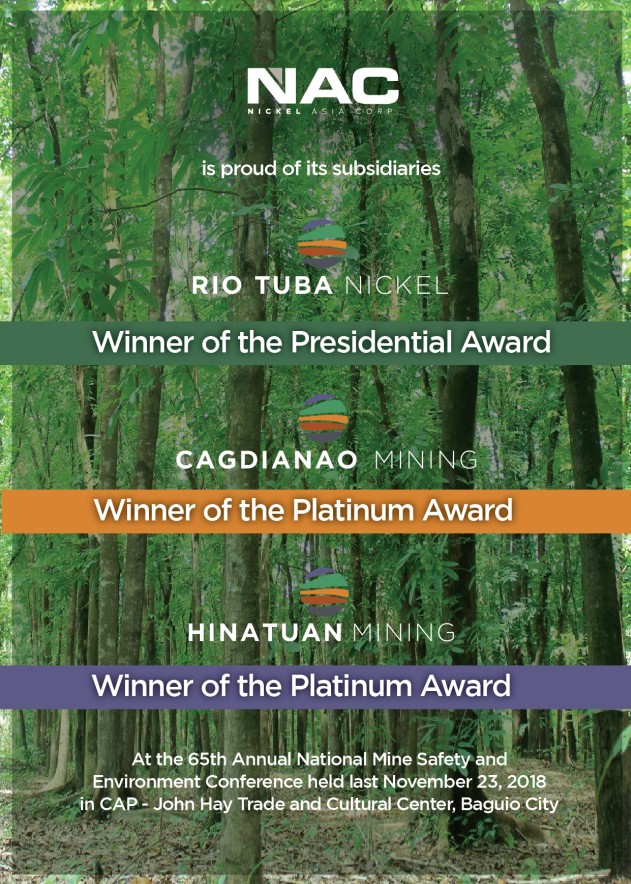Editorial
Real crisis, no real solutions
Looking at the numbers being pronounced by various officials on the farm output plus volume of supply that are available on stock and being shipped in from Vietnam through Poro Point in neighboring La Union, we can rest easy that there won’t be any rice sup-ply problem here in Pangasinan, and the whole of the Ilocos Region for that matter.
We can almost believe that photos and images on television of people in the capital Metro Manila and elsewhere lining up under the scorching heat of the intense summer sun to avail of their limited (i.e. two kilos per person, excluding children below 15 years old) supply is not happening and unlikely to happen hereabouts.
But alas, the lines for NFA rice in various towns around the province is as real as everywhere else.
What with the prices of commercial rice continuously soaring, now breaching the P30 per kilo mark from only about P24 very recently, the P18.50 NFA rice has become the better option for the middle class and the only, almost unaffordable, option for those among the poor who can still afford to buy the most basic of food.
President Gloria Macapagal Arroyo has ordered to hold off any price increase for NFA rice, but even that is inevitable. One of these days, and sooner than we probably hope, the P18.50 will also be history.
As one of the biggest producers of rice in the country and a province so wide with farmlands and fertile soil, this crisis on rice — the people’s staple food — is not just a sad tragedy but a disgrace, especially at a period when the President has been boasting of several years of rosy economic statistics.
The problem, just like the unresolved corruption troubles which we should not be forgetting about, is wide-ranging and systemic.
It can be traced to a defective agrarian reform policy, economic strategies that do not focus on building up strong and stable foundations, especially for the agricultural sector, and a political system that allows for the continued marginalization of the majority of the people who are poor because of widespread corruption.
The stop-gap measures that the administration is doing now like importing more rice, pointing blames at traders and retailers, and subsidizing the NFA rice does not address the root of the crisis.
Just like on the corruption issues hounding the President, the administration’s response appears to be one of diversionary tactics rather than facing it head on for earnest solutions.
For starters, why hasn’t the government arrested a big-time trader who is a known member of the rice cartel?










